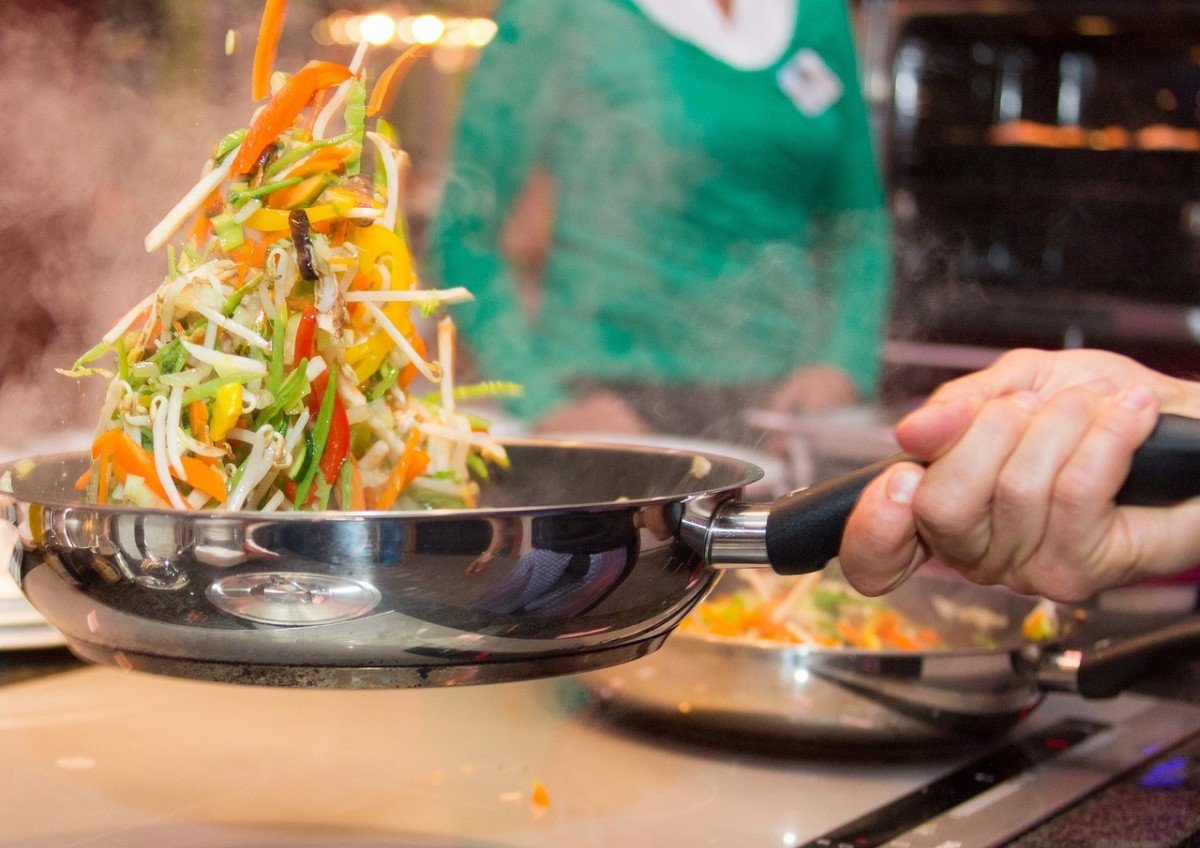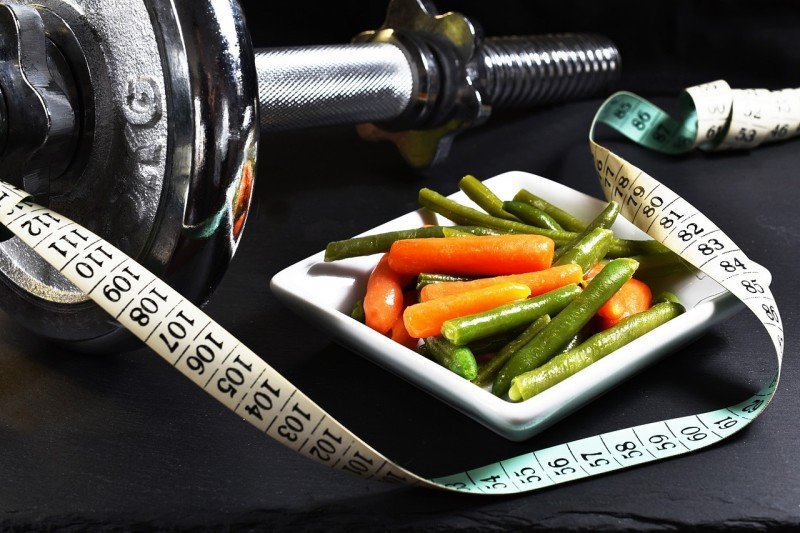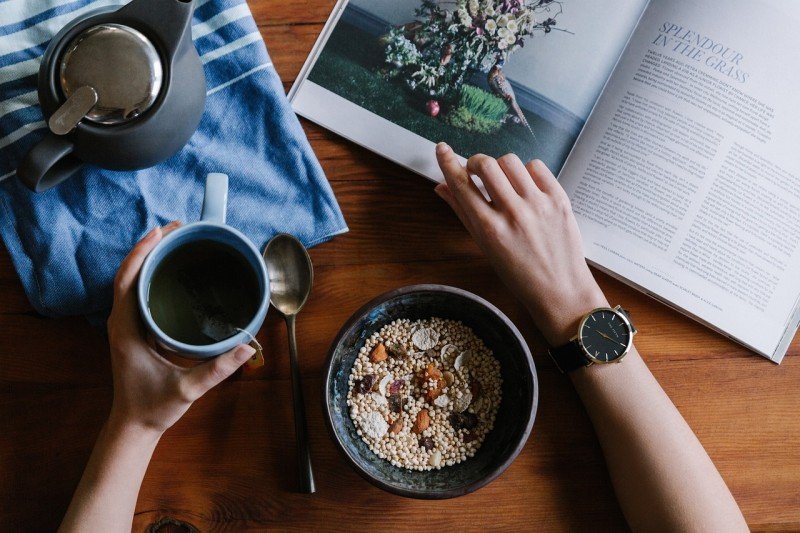When it comes to cookware, making the right choice is essential for both amateur chefs and seasoned cooks. Investing in quality pots and pans not only enhances the cooking experience but can also save you money in the long run. With countless options available in the market, it can be overwhelming to know where to start. But fear not! This guide will help you navigate the world of cookware and make an informed decision.
The first step in choosing the right cookware is understanding the different materials available. Each material has its unique properties and affects how your food is cooked. Stainless steel is a popular choice due to its durability and resistance to corrosion. Cast iron is another excellent option as it retains heat well and distributes it evenly. Non-stick cookware can make your life easier by preventing food from sticking, but it's important to consider the coating's quality and health implications. Copper cookware offers exceptional heat conductivity but requires regular maintenance to prevent tarnishing.
The size and shape of the cookware should also be taken into account. Consider your cooking needs and the size of your family or household. A set of pots and pans with various sizes can be a versatile option. Additionally, ensure that the handles are sturdy and heat-resistant for safe and comfortable cooking. Lastly, don't forget to check compatibility with your stovetop or other cooking surfaces, especially if you have an induction cooker.
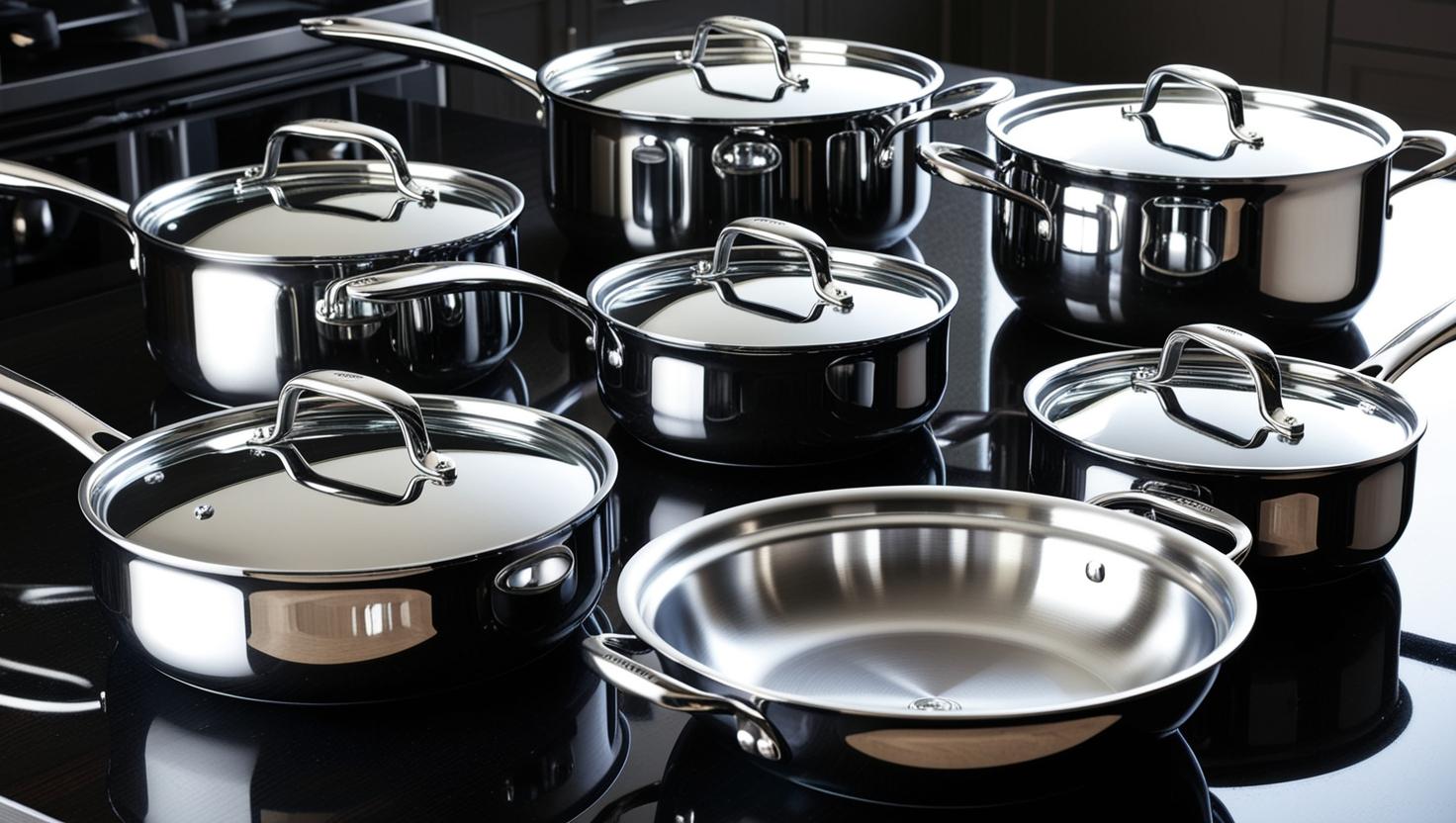
Unlocking the Secrets of Long-lasting Cookware Care
Proper care and maintenance of your cookware can significantly extend its lifespan, saving you time and money in the long run. By following a few simple guidelines and techniques, you can ensure that your pots and pans remain in excellent condition for years to come.
Cleaning Cookware
The first step in caring for your cookware is to clean it properly after each use. Handwashing your pots and pans with warm, soapy water is generally the best method. Avoid using abrasive scrubbers or harsh chemicals, as these can damage the surface. For stubborn stains or burnt-on food, soak the cookware in warm water and mild dish soap before gently scrubbing with a non-abrasive sponge or brush.
Storage Techniques
Proper storage is essential for maintaining the quality of your cookware. To prevent scratching, stacking your pots and pans with soft liners or cloth dividers between each piece is highly recommended. Hanging your cookware is another excellent option to save space and prevent any potential damage from stacking. If you must stack your cookware, opt for copper or stainless steel pots and pans, as they are generally more scratch-resistant than other materials.
Heat Control
Controlling the heat when cooking is critical for keeping your cookware in top shape. Avoid overheating your pots and pans by using the appropriate heat level for the cookware material. For example, nonstick pans are best used over low to medium heat, while stainless steel can withstand higher temperatures. Additionally, avoid sudden temperature changes, such as transferring hot cookware directly to cold water, as this can cause warping or cracking.
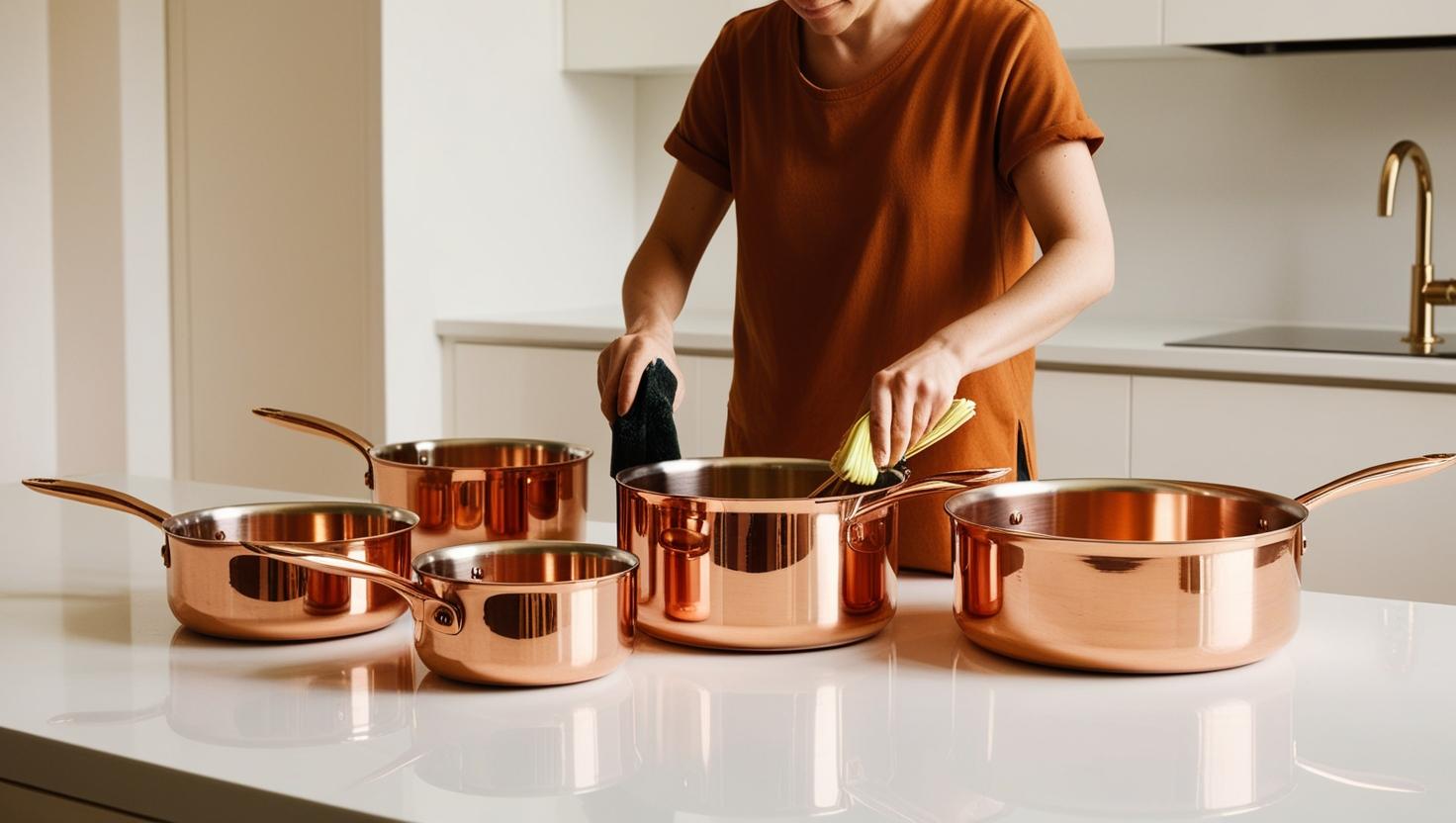
Simple Steps for Extending the Lifespan of Your Cookware
Proper care and maintenance of your cookware is essential for maximizing its lifespan and ensuring it stays in top-notch condition for years to come. By following these simple steps, you can effectively extend the lifespan of your cookware:
1. Seasoning: Seasoning your cookware is a crucial step in preserving its quality. Before using your new pots and pans, wash them thoroughly and then apply a layer of oil to the cooking surface. Heat the cookware on low heat, allowing the oil to penetrate the surface. This process creates a natural, non-stick coating that protects the cookware and improves its durability.
2. Proper Cleaning: Avoid using abrasive cleaning materials, such as steel wool or harsh chemicals, as they can damage the surface of your cookware. Instead, use a soft sponge or cloth with mild dishwashing soap to remove food residues. If there are stubborn stains, soak the cookware in warm, soapy water for a while before gently scrubbing it.
3. Storage: Proper storage is crucial to prevent unnecessary wear and tear on your cookware. Avoid stacking pots and pans on top of each other directly, as this can cause scratches and dents. Consider using protective padding or cloth between each piece to maintain their quality. If space permits, hanging your cookware is an excellent option to keep them easily accessible and well-protected.
Rescuing and Rejuvenating Your Favorite Pots and Pans
Quality cookware is an investment, and with proper care, it can last for many years. However, over time, even the best pots and pans can start to show signs of wear and tear. Fortunately, there are ways to rescue and rejuvenate your favorite cookware, extending their lifespan and ensuring they continue to perform at their best.
One common issue that many cooks face is burnt-on food and stains on the bottom of their pots and pans. To tackle this problem, start by filling the affected cookware with water and adding a few tablespoons of baking soda or white vinegar. Bring the mixture to a simmer, then remove the pan from the heat and let it cool. Scrub the bottom gently with a non-abrasive sponge to remove the loosened residue. This method works wonders in removing stubborn stains and restoring the shine of your pots and pans.
Another common problem is the loss of non-stick coating in pans. If you notice that food is starting to stick to your non-stick pans, it may be time to refresh the coating. Before doing so, ensure the pan is clean and dry. Apply a thin layer of cooking oil to the interior and exterior of the pan, then place it in a preheated oven at a recommended temperature for the specific pan (check the manufacturer's instructions). Leave the pan in the oven for the recommended time, then let it cool down before wiping away any excess oil. This process helps to maintain the non-stick properties of your pans and prevent food from sticking.
Lastly, it is crucial to store your cookware properly. Stacking pots and pans can cause scratches and the deterioration of non-stick coatings. To prevent this, consider using pan protectors or placing a soft cloth between each piece when stacking them. Hanging your pots and pans using a pot rack or hooks is also an excellent way to prevent damage and save space in your kitchen.
